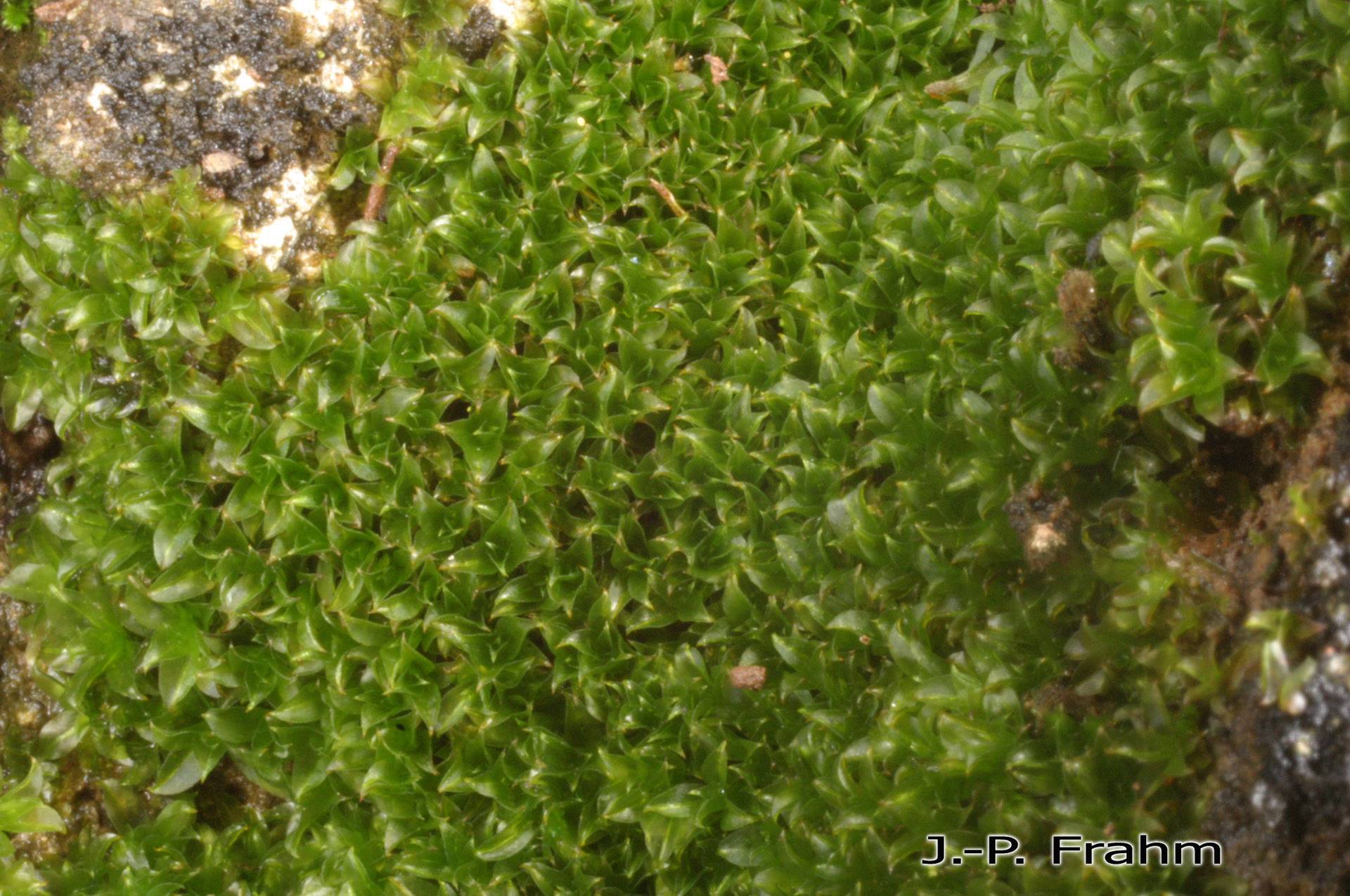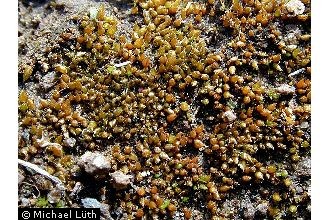
image from: https://www.researchgate.net/figure/Acaulon-uleanum-Muell-Hal-A-Habit-B-C-Leaves-D-Leaf-apex-E-Sporophyte-F-Leaf_fig1_296705710
Introduction
In the vast and captivating world of bryophytes, the Acaulon uleanum Müll.Hal.

image from: https://www.researchgate.net/publication/296705710_A_Synopsis_of_the_family_Pottiaceae_in_Brazil
moss stands out as a remarkable member of the Pottiaceae family. Often referred to simply as Acaulon, this tiny moss has captured the hearts of enthusiasts worldwide with its unique characteristics and ecological significance.
Background
Before delving into the intricacies of this fascinating moss, let’s set the stage with some background information. Bryophytes, a group that includes mosses, liverworts, and hornworts, are among the oldest land plants on Earth. These resilient organisms have played a crucial role in the colonization of terrestrial environments, paving the way for more complex plant life to thrive.
Main Content
Morphology and Identification
The Acaulon uleanum Müll.Hal. moss is a true marvel of miniature proportions. Its gametophytes, the leafy, green structures we typically associate with mosses, are incredibly small, often measuring no more than a few millimeters in height. Despite its diminutive size, this moss boasts a distinctive appearance that sets it apart from its bryophyte brethren.
The leaves of Acaulon uleanum are lanceolate (lance-shaped) and acuminate (tapering to a slender point), arranged in a spiral pattern around the stem. The leaf margins are entire (smooth), and the leaf cells are elongated and papillose (bearing small, nipple-like projections). These intricate details are crucial for accurate identification, especially when dealing with such tiny organisms.
Global Distribution and Habitat
Acaulon uleanum is a cosmopolitan species, meaning it can be found on multiple continents around the world. Its distribution ranges from Europe and North America to South America, Africa, and parts of Asia. This widespread occurrence is a testament to the moss’s remarkable adaptability and resilience.
When it comes to habitat preferences, Acaulon uleanum is a true pioneer species. It thrives in disturbed areas, such as recently burned or cleared lands, as well as on exposed soil surfaces, rock crevices, and even old walls or roofs. This moss is often among the first colonizers of bare ground, playing a vital role in the early stages of ecological succession.

image from: https://bioone.org/journals/Evansia/volume-28/issue-3/079.028.0302/Brothera-leana-Sull-Müll-Hal-Dicranaceae-in-New-Mexico/10.1639/079.028.0302.full
Ecological Roles and Adaptations
Despite its diminutive stature, Acaulon uleanum plays a significant ecological role in the environments it inhabits. As a pioneer species, it helps stabilize and enrich the soil, facilitating the establishment of other plant species and contributing to the overall biodiversity of the ecosystem.
One of the remarkable adaptations of

image from: http://azoresbioportal.uac.pt/pt/especies-dos-acores/chenia-leptophylla-11918/
Acaulon uleanum is its ability to survive in extreme conditions. This moss can withstand prolonged periods of desiccation (drying out) and rapidly rehydrate when moisture becomes available. This trait, known as

image from: https://inpn.mnhn.fr/espece/cd_nom/4862
poikilohydry, allows the moss to thrive in arid or semi-arid environments where water availability is limited.

image from: https://ohiomosslichen.org/moss-tortula-acaulon/
Case Studies/Examples
To illustrate the resilience and ecological importance of Acaulon uleanum, let’s consider a case study from a post-fire environment. After a wildfire has swept through an area, the charred landscape may appear barren and lifeless. However, within a few weeks or months, tiny green cushions of Acaulon uleanum can be seen emerging from the blackened soil.
These pioneering mosses play a crucial role in stabilizing the soil, preventing erosion, and providing a suitable microhabitat for other organisms to colonize. Their presence facilitates the gradual recovery of the ecosystem, paving the way for the establishment of more complex plant communities.
Technical Table

image from: https://plants.usda.gov/home/plantProfile?symbol=ACMU5

image from: https://inpn.mnhn.fr/espece/cd_nom/4859

image from: https://inpn.mnhn.fr/espece/cd_nom/434243

image from: https://inpn.mnhn.fr/espece/cd_nom/4862
| Characteristic | Description |
|---|---|
| Family | Pottiaceae |
| Genus | Acaulon |
| Species | Acaulon uleanum Müll.Hal. |
| Common Name | Acaulon moss |
| Gametophyte Size | Few millimeters in height |
| Leaf Shape | Lanceolate, acuminate |
| Leaf Margin | Entire |
| Leaf Cells | Elongated, papillose |
| Distribution | Cosmopolitan |
| Habitat | Disturbed areas, exposed soil, rock crevices, old walls/roofs |
| Ecological Role | Pioneer species, soil stabilization, facilitating succession |
| Adaptation | Poikilohydry (desiccation tolerance) |